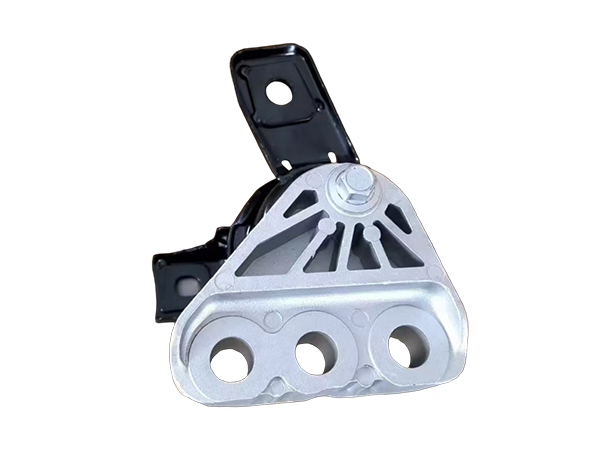
Engine mounting rubber
Description: An engine mounting rubber, often simply called an engine mount, is a critical component in a vehicles chassis system. It is a precisely engineered part primarily made of robust rubber or polyurethane, strategically positioned between the en...
Mobile:+86 15833366044
Email:info@hengyuntaimetal.com
Product Description:
An engine mounting rubber, often simply called an engine mount, is a critical component in a vehicle's chassis system. It is a precisely engineered part primarily made of robust rubber or polyurethane, strategically positioned between the engine and the vehicle's frame.
Its function is dual-purpose. Firstly, it securely holds the engine in place, ensuring proper alignment with the transmission and other drivetrain components. Secondly, and just as importantly, it acts as a sophisticated vibration damper. The internal combustion engine generates significant vibrations and torsional forces during operation. The flexible, elastic nature of the rubber absorbs these vibrations and shocks, preventing them from being transferred into the passenger cabin. This results in a noticeably quieter and more comfortable ride.
Furthermore, the engine mount also helps to isolate noise and absorb minor movements and jolts from the road, protecting both the engine and the vehicle's structure from excessive stress. Over time, these mounts can wear out, harden, or crack, leading to increased vibration, a noticeable "clunk" during acceleration or shifting, and potential misalignment of the drivetrain.
In essence, the engine mounting rubber is a vital mediator. It performs the delicate balancing act of anchoring a powerful, shaking mass while ensuring the comfort and quietness expected in modern vehicles.
-

Common Issues and Safety Hazards of Insulation Layer Damage in Battery Press Plates
2025-08
-

In-Depth Analysis of Loosening Issues in Automotive Hardware Fittings
2025-08
-

Quality Control and Inspection Methods for Automotive Hardware Fittings
2025-08
-

Automotive Metal Stamping Parts: Process, Applications, and Advantages
2025-08




